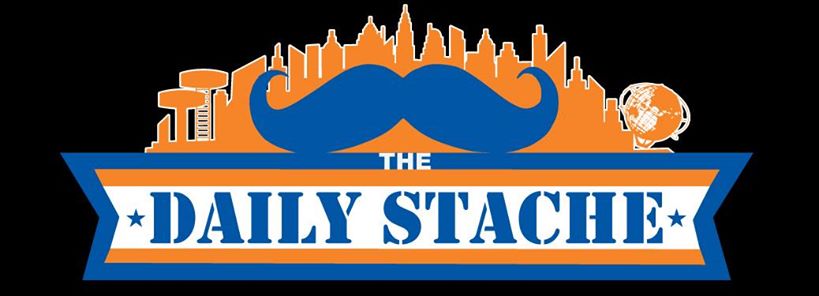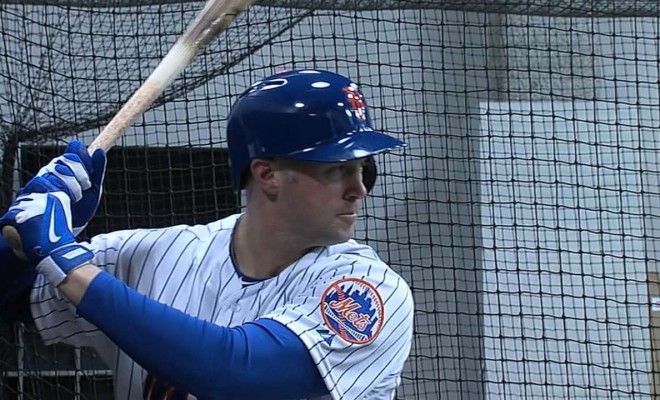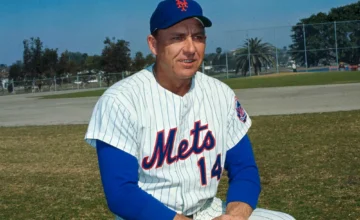The Mets’ biggest surprise of the offseason wasn’t losing out on Ben Zobrist when he signed an eleventh-hour deal with the Chicago Cubs. That was a shocker, but the most jaw-dropping moment of the Mets offseason came when one of their players suddenly and unceremoniously announced his retirement.
In fact, even “unceremoniously announced” is a bit generous. Outfielder Michael Cuddyer didn’t really even announce his decision at all. Instead, MLB prematurely posted the information on the transactions section of the Mets’ website. Oops.
The move totally blindsided Mets fans, who had no idea that Cuddyer was even considering retirement. So what does this decision mean to the Mets?
How Losing Cuddyer Effects the Mets on the Field
Losing Cuddyer for 2016 hurts the Mets a bit, but not nearly as much as it would have in 2015. Thanks to mid-season call-ups, the Mets had actually already relegated Cuddyer to the role of a part-time player. With young Michael Conforto available and likely to only get better in 2016, Cuddyer is less than essential to the Mets.
Of course, Cuddyer was far from useless as a Met. He had a down season last year, but he was still worth a half a win above replacement, and he still mashed 10 homers. Those numbers are down for Cuddyer, and they made him less than ideal as a starter, but they were nice to have coming off the bench from a fourth or fifth outfielder.
The biggest loss Cuddyer’s retirement represents is one of potential in 2016. Cuddyer was a likely bounce-back candidate, and if he recaptured his earlier form, he could have been worth two or more wins.
How Losing Cuddyer Effects the Mets’ Finances
Here’s the most significant thing that Cuddyer’s sudden retirement means to the Mets: it means that they have a bit more spending money.
How much more isn’t clear. Cuddyer was slated to earn $12.5 million next year, part of his slightly backloaded 2-year/$21.5 million deal. But the Mets won’t get all of that back – they apparently agreed to some type of buyout with Cuddyer. Nobody is saying how much (Cuddyer has only said that the Mets handled the deal in a “first-class” way), but it could be as much as $10 million (the average annual value of Cuddyer’s deal was $10.75 million, so it seems likely that the Mets bought him out for at least a couple of million, giving him more than the AAV for the one year he played).
What can the Mets do with an extra $10 million? A lot – though whether or not they choose to do so is another matter.
An extra $10 million could be what it takes to put a big-name free agent, like OF Yoenis Cespedes or OF Justin Upton. Or it could be spread around to help the Mets out in their more minor areas of need, like relief pitching. Lastly, and perhaps most likely, it could be saved so that the Mets can make a bigger splash in the years to come.
Since the impact of Cuddyer’s retirement comes more to the Mets’ finances than to their on-field product, it’s really up to the Mets brass how this will go down. Fans will certainly want them to spend the extra cash. For now, though, we’ll just have to wait and see what they do.




